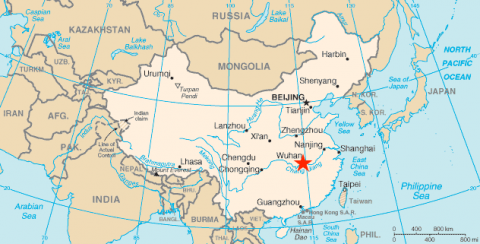In the latest NP Platformed newsletter, Colby Cosh outlines some of the historic “diseases escaping from the lab” events that certainly allow us to be … dubious about the WHO maintaining the line that the Wuhan Coronavirus was “unlikely” to have escaped from the biological lab in Wuhan:
The original SARS virus, which terrorized Canada in 2003, has escaped from laboratories and infected humans at least six times since its successful suppression in the wild — once in Singapore, once in Taiwan and four times from one laboratory in Beijing.
And then there’s the great enigma in the history of infectious disease (maybe the second greatest — I for one would still really like to know what the English sweat was). How in blazes did the H1N1 flu virus come back? A strain of H1N1 was responsible for the Spanish flu of 1918-19; it lingered in human populations and continued to evolve until it was seemingly supplanted by a cousin, H2N2, which swept the world during the 1957-58 “Asian flu.”
H1N1 just plain vanished for two decades, then reappeared rather puzzlingly in Russia in 1977, causing a “Russian flu” pandemic and 700,000 deaths. This strain wasn’t especially lethal, but it knocked those too young to have natural immunity to H1N1 flat on their rears. Since then, H1N1 has been endemic in humans — it is incorporated as a matter of course into seasonal flu vaccines — and modern genetic analysis shows that the 1977 strain of H1N1 was, DNA-wise, pretty much a carbon copy of H1N1 strains from before the Asian flu years.
The “Russian flu” therefore almost certainly cannot have reappeared naturally, since it had undergone almost no discernible evolution. It probably crossed into Siberia from (wait for it) mainland China, which was then not yet a WHO member state. Some analysts think this may have happened because of a lab leak. Others think it more likely that it was a botched effort to create an H1N1 vaccine from old samples; H1N1 had crossed over to a small number of humans in the United States in 1976, creating the famous “swine flu” scare.
Still others ask: uh, is the difference between a lab leak and a botched vaccination experiment particularly meaningful? The general public may not know it, but a pandemic originating in a research laboratory isn’t just a hypothetical. It has not only happened, but there’s a decent chance that you, personally, have suffered from the resulting disease.




